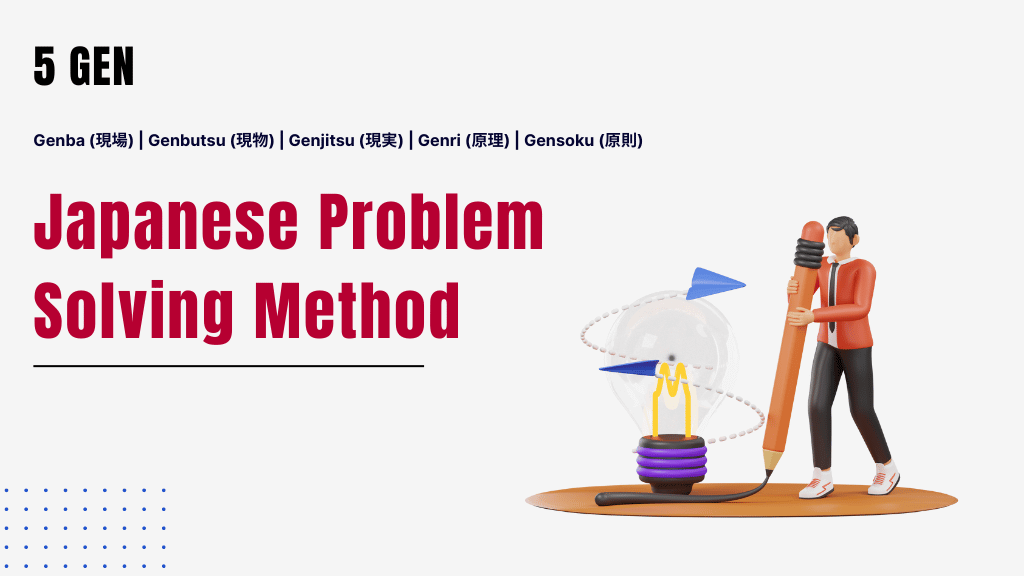SIPOC is very important tool as a process view of an organization. Many discussions and decision in organization is base on SIPOC diagram.
SIPOC stands for Supplier-Input-Process-Output-Customer. So in this post you will go through the complete guide of SIPOC methodology.
This article will help you to understand What is SIPOC in a business/manufacturing process is, and to explain the benefits of the process view of an organization.
We want to understand the relevance, and importance of a SIPOC diagram in a process improvement project.
Also how to create an overview of all the relevant elements, in a process improvement project, using the SIPOC diagram.
But first,
What is a business process?
A business process is a repeatable, coherent, sequence of activities. with which a clearly defined input, with a certain material or non material achievement; the output or internal or external customers.
Therefore the flow of a process consumes time and resources, and is also associated with repetitive tasks.

Business / manufacturing process in operation
When we go to business or manufacturing processes in operations. We are considering to the volume production of goods or services.
And this goods and services is performed in a sequence of activities. These activities are set of specialized resources.

For example, for a skateboard producer, you need to have the inputs of wheels, and the board and these supports are called trucks.

Now, first you need to perform process steps. Then you need to assemble the trucks and the wheels to the board. Next you need to sand the board and finally need to paint the board.

In this process approach you’re transforming the inputs into the outputs.
Which of course here, is a skateboard.
And, this business processes, process flow, is of course not just applicable to manufacturing, but also to services.
And there’s many advantages to looking at your organization, in terms of processes.
Therefore It allows you to have a view of the activities as cross-functional flows, instead of individual activities.
The process flows, map the activities needed to complete a value-added step, to generate a product or service.
And here, the focus is on the customer; the value-added activities. This activity create the product or the service, to meet the customer expectations. Therefore the process views are also applicable to any type of organization, in production we can think of producing.

SIPOC diagram | How SIPOC works?
For example, our skateboard using a simple production flow. If we’re in a bank and processing a loan application, there would be an approval process flow, that needs to be followed at each level of SIPOC analysis.
For purchasing raw materials, for example you need to first identify your suppliers. You will receive different quotes, then develop a contract with the supplier.

There’s a certain process flow, that you have to follow. Flows can also be applied at any and all levels of an organization.
For example, our skateboard we were looking at the individual activities. This will used in making the skateboard, you could though.
Therefore consider the skateboard factory and look at the entire production processes, as a flow in the factory.
We can also look at that factory, as part of the flow.
For a sports equipment producer or manufacturer. When we managing the processes, rather than the individual activities.
This will allows us the definition of clear performance metrics. So that reflect the value to the customers, and allow an end-to-end process improvement.
Here, we show our skateboard flow in picture below. But this time we’re including also the supplier of the individual components and we’re considering. We’re showing the customer.
Writing is it her skateboard. We can see we have then, all the entire end-to-end stages, for our process flow.
Supplier, input, process, output and customers.

This is the basis then, for creating the so called SIPOC diagram.
A tool that lists the components and/or the activities that can occur in a process.
And
Why is this useful?
In the industry we’re starting to trace the activities, not just to produce a product or services.
But from the supplier of the inputs, through the entire process, to the customer.
SIPOC diagram gives us a high-level picture of the value-added steps in the process.
And it’s often used in any type of business process management, and it is a common tool in Six Sigma projects.
Learn more about the six sigma Introduction by click here.
Why use SIPOC?
As we just said, it allows us to trace the activities from the supplier all the way through the customer.
It gives us a high-level picture, and shows us the value-added steps in the process.
Importantly though, it sets down the process in black and white.
For common understanding by the team, and can be used as a first step for thinking about the process, and of course the scope of the project.
This type of approach with, the customer expectations, the materials, inputs, and different entities and resources involved.
It also can provide the basis for the first discussion. What could be influencing the critical or quality parameters.
Disadvantage is that, the SIPOC is very top level.
It doesn’t show any time ordering or process structure dependencies, and the process details can be indeed very sparse.
Now, let’s look at an example. Here, we have a
SIPOC for an office chair
And we have this assembled from different components, in a very simple process, raw materials into the process.

We have the base of the chair is then connected to the frame, and then the upholstery. The cushions are attached to the base, and then we have a final assembly. Where the wheels and arms are attached, and then you have your complete chair.
First of all, let’s look at the suppliers; so in this process.
The suppliers are going to be any entity that brings the required inputs for the process, to the start of a process.
Here, we have suppliers of different types of raw material,
Supplier
In this example,
The suppliers for the office chair assembly process, are those who supply the components.
Components belongs such as the wheels, and the cushions, and the nuts, and the bolts.

But also, you have the chair frame, a partially assembled part of the chair.
And that might actually come from a different part of the factory, as the output of another process.
Input
Now, let’s look at the inputs;
Inputs are then the raw materials, the actual things that are supplied.
And here, for our chair we’ve got rollers, cushions, stuffing, screws and bolts, and the cushions.
And everything that would go in to making our chair.

Again, we’re looking these inputs are going to be transformed, into something that has added value for the customer.
Process
Next, we look at the process.
And here, we have the transformation of the inputs, using a sequence of steps to the output.

And here, we’re going to assemble our chair with three different process steps, that we mentioned before.
First, we attach the base of the frame.
We add the cushions in the upholstery and then, we finally assemble all the components.
But of course, the process can be the steps in completing a service. Wash hair, apply conditioner, rinse dry and style, apply hair spray.
And as we mentioned before, the business process is often repetitive tasks. Therefore these tasks then are performed as a sequence with specialized resources.
Now, we go to the outputs,
Output
here of course, what we have is our office chair.
We’ve assembled our chair, this is then the physical or non-physical achievement or results of the process.

The last stage is then, for the SIPOC diagram; the customer.
Customer
And it is really, the most important because it’s the customer who decides that we’re making this chair in the first place.
This is the person who is valuing our output. So for example, a businessman, business person sitting in his office chair.

And this customer is willing to pay more than the raw materials and the process costs.
So when we think of the customer, we normally think of the end customer.

Here, we have our office worker but of course, the customer is any entity, that receives the goods.
For example, this could be the retail store that sells the office furniture to then the end customer. Or it could be of a production process, that will take as its input, the output of your current process.
SIPOC Example: Dog Wash Service
Now, we have another examples, here we have the SIPOC. Inputs you have your dog and your shampoo, and your materials and the suppliers. Then would be of course the dog owner. And then maybe a pet supply store, for the special shampoo, special brush.


In the process, you’re going to put the dog into the bath, you’re going to wash the dog, you’re going to dry the dog, and brush them off.
The output will be here, then your clean dog and your customer will be the dog owner, really simple process.
Advantages of the Process View (SIPOC)
> View of activities in an organization as cross-functional flows, focusing on the value-added activities for the customer.
> Applicable to any type of organization: production, service
> Flows can be applied at all levels of an organization.
> Allows definition of clear performance metrics that reflect the value to the customers.
> Managing the processes, rather than individual activities, allows end-to end process improvement.






